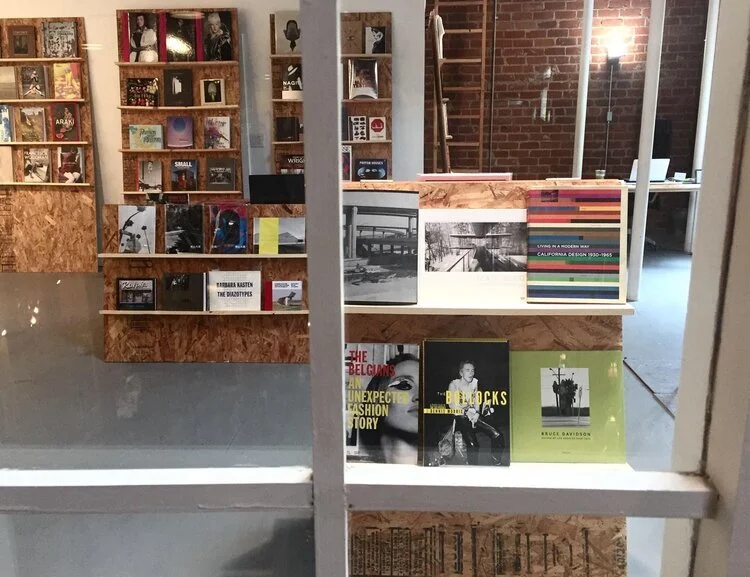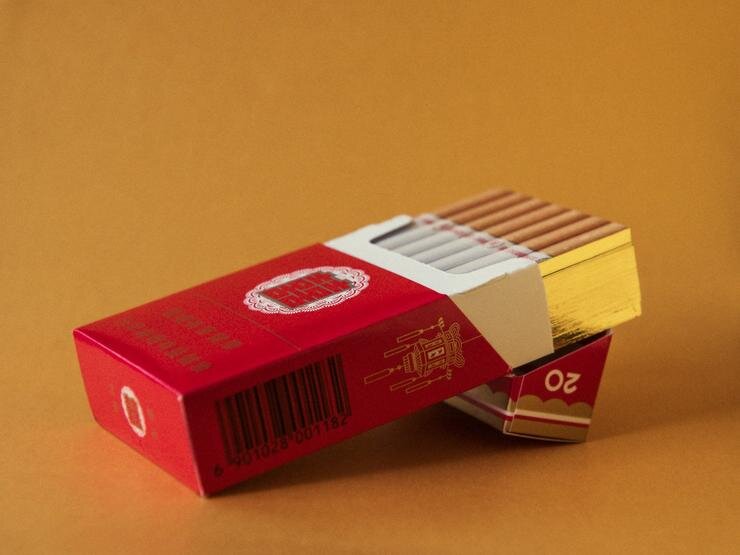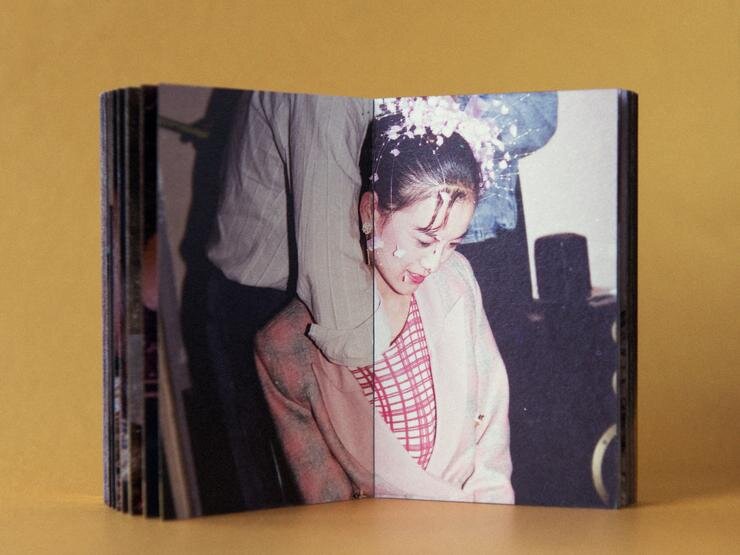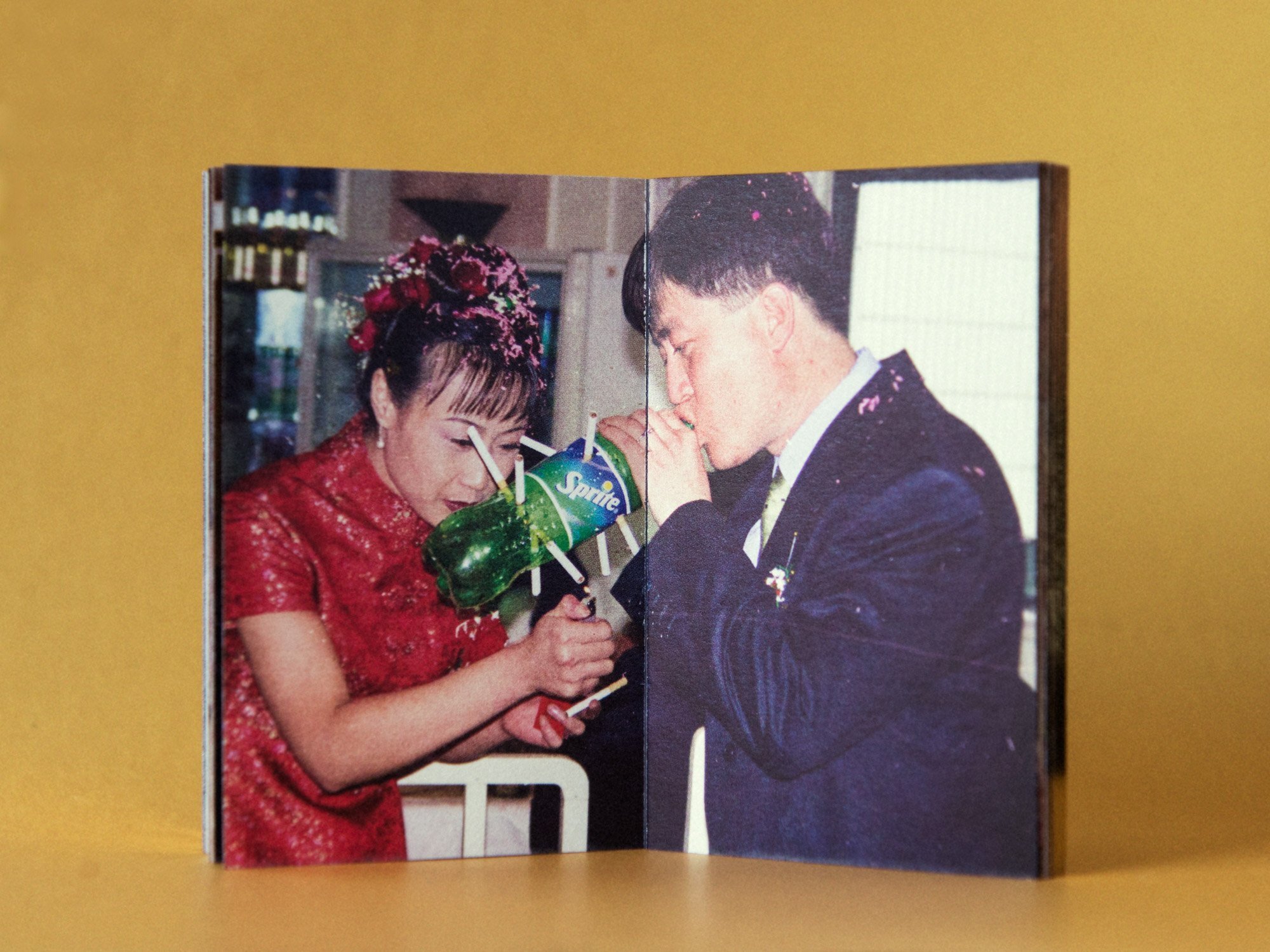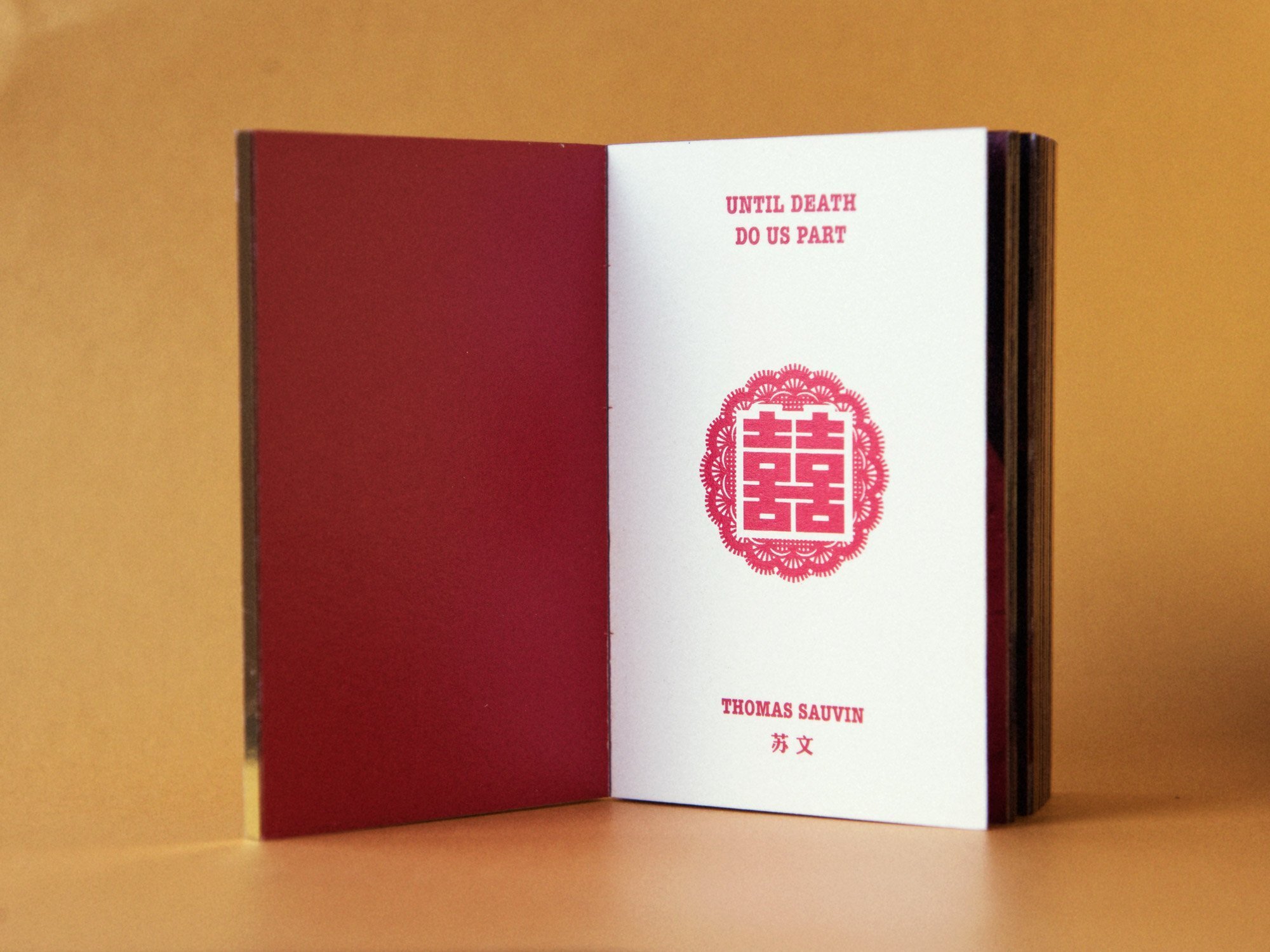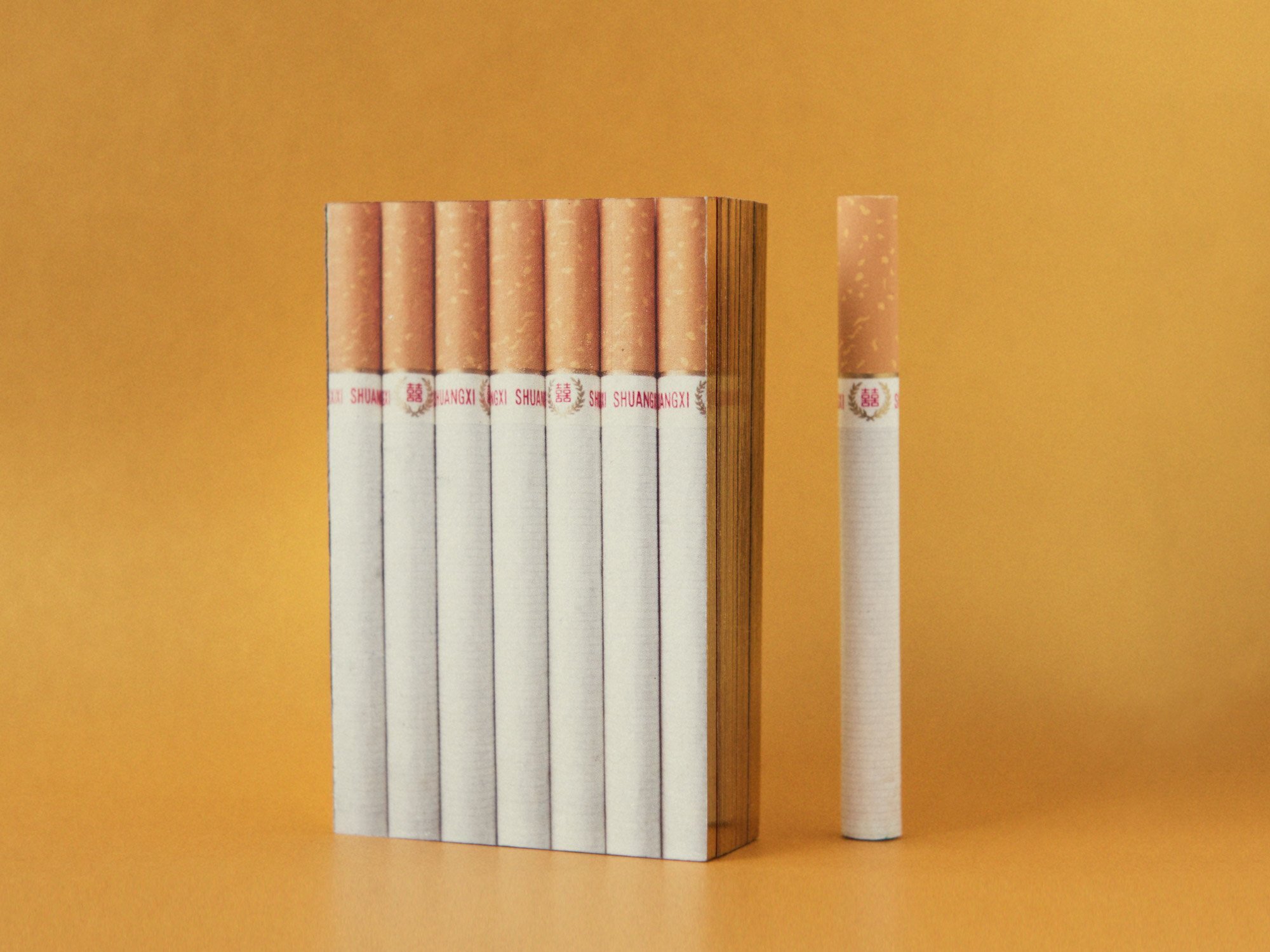Mirrored Society Books 2016
Specializes in Imported Photobooks
Usually Books that aren’t distributed
By Julian Lucas
Published 4/29/2021 12:00Am PST
Photo Courtesy Mirrored Society Books
I've had a numerous discussions in which I attempted to describe what an artist's book is. I usually end up banging my head on the wall out of frustration because of the disconnect. I'll attempt to describe in more depth, highlighting intriguing pieces of book art, mainly photo-books, which, I have been collecting for quite some time.
But what exactly is an artist’ book? More than likely, you can't simply tell just from looking at the piece itself.
The simple answer to someone not familiar with artists’ books might be: art in book form. But they are not quite so simple…
An artists’ book would be any work of art held in book form, meaning the book is the medium of artistic expression that uses the form or function of “book” as inspiration. The book as a whole, not just the photographs within it would be an art piece, the sculpture. Think of it this way.
For me, as a purveyor and collector of artists’ books, a photo-book is any book with a very limited amount or without text, in which the image takes center stage. The book will simply be a medium for authors to show their work (the photographs).
Elizabeth Shannon, in her The Rise of the Photobook in the Twenty-First Century essay, likes the definition of Ralph Prins better:
A photobook is an autonomous art form, comparable with a piece of sculpture, a play or a film. The photographs lose their own photographic character as things ‘in themselves’ and become parts, translated into printing ink, of a dramatic event called a book.
The artist's purpose is what really defines an artist's book, and artists have been using the book as inspiration in a number of contexts and methods, ranging from conventional to unconventional.
Book printing and finishing techniques have become much more inexpensive and more widespread in recent years, allowing artists and or photographers more access to these resources, approaching an aesthetic that has always been used in artist books. Usually artists’ books are unique and limited in editions, sometimes produced in multiple copies. Nevertheless, with many ideas behind them, artists continue to challenge the idea, content and structure of the traditional book.
BRIEF HISTORY
The first forerunner to contemporary artists' books is probably the British artist William Blake, who worked in the late 1700's and early 1800's. Blake was a poet, painter and printmaker. He wanted to integrate his visual and written work. While Blake produced traditional format books, he was radical in his desire to integrate the text and visuals on each page. He developed a new printing method that allowed for this integration.What is especially notable about Blake is his role as a predecessor of the sentiments expressed by book artists of the 1960's. Blake was "seeking a means of bringing the production of illustrated texts under his own control so that he could become his own publisher, independent of commercial publishers and letterpress printers." This independence is key to the creation of an artist's book. Yale University Library
To sum it all up there is books about art or photography, but in the artists’ book world, the book is the art. Oh and please stop calling artists’ books, “Coffee Table Books”, to me it devalues the art, and trust me you wouldn’t want your expensive artists’ or photo-book sitting on a coffee table next to a bag of greasy pop corn or a cup of joe.
ZINES
ZINE (n): pronounced "ZEEN" which is short for MAGA-ZINE, not pronounced ZYNE” damn it!
A zine is a self-published, non-commercial print-work that is typically produced in small, limited batches. Zines are created and bound in many DIY ways, but traditionally editions are easily reproduced—often by crafting an original “master flat,” and then photocopying, folding, and stapling the pages into simple pamphlets. Zines may also be sewn, taped, glued—or even exist in unbound and other non-folio formats. The main rule is that there are no rules!
People who create zines [“zinesters”] are likely to be more motivated by self-expression and artistic passion than they are by profit: zines are usually inexpensive and sometimes distributed for free or in trade for other zines, goods, and services.
Zines can touch on a variety of topics from music and art, to politics, sexuality, humor and personal memoir. Their content may be written, drawn, printed, collaged, or any other form of combining words and imagery—a zine’s structure may be narrative, journalistic, comic-like, or completely abstract. - The Bindery
To Find out more about the history of zines please visit here . Also as things begin to open back up please be sure to keep a look out for Art Book Fairs happening, locally such as Print Pomona Art Book Fair and globally. Just know Art Book Fairs can really be overwhelmingly packed. View the sample video of LA Art Book Fair below.
To Find out more information about Artists’ Books and Photobooks please see links provided below.
Book Art Resources: Brief History of Artists' Books
The Journal of Artists’ Books
The Bonefolder: an e-journal for the bookbinder and book artist.
Printed Matter: non-profit organization dedicated to the promotion of publications made by artists.
Artists’ Books: a critical anthology and sourcebook. ed. Joan Lyons. Rochester: The Visual Studies Workshop Press, 1985.
Bury, Stephen. Artists’ Books: the Book as a Work of Art, 1963-1995. Aldershot: Scolar Press, 1995.
Castleman, Riva. A Century of Artists Books. New York: Museum of Modern Art, 1994.
Drucker, Johanna. The Century of Artists’ Books. 2nd ed. New York City: Granary Books, 2004.
Artist/Author: Contemporary Artists’ Books. Eds. Cornelia Lauf and Clive Phillpot. New York: Art Publishers Inc., 1998.
Perrée, Rob. Cover to cover: the artist’s book in perspective. Rotterdam : NAi Publishers, 2002.
Julian Lucas, is fine art photographer, photojournalist, and creative strategist. Julian also works as a housing specialist which, includes linking homeless veterans to housing. Julian has lived in Chicago, Inglewood, Portland, and the suburbs of Los Angeles County including Pomona.

